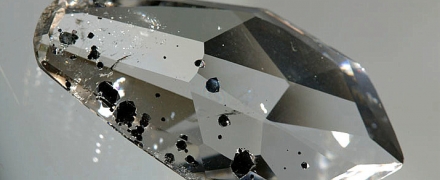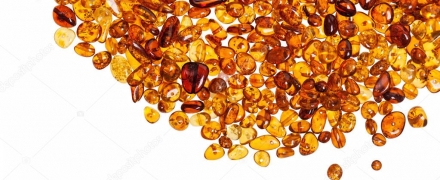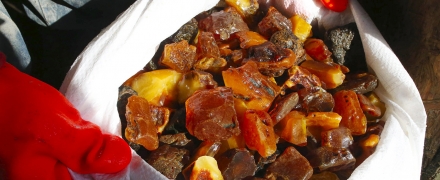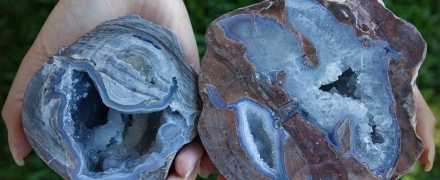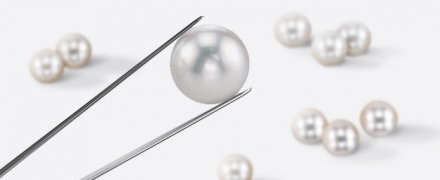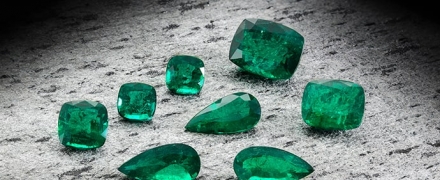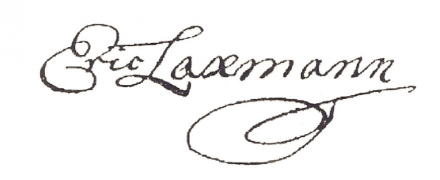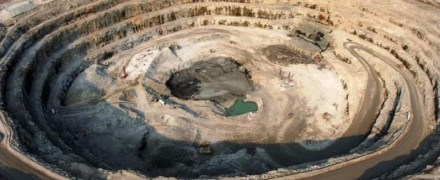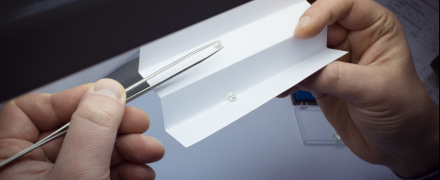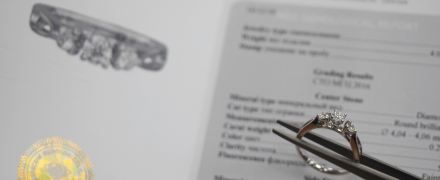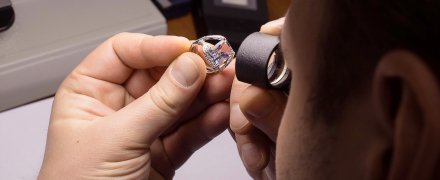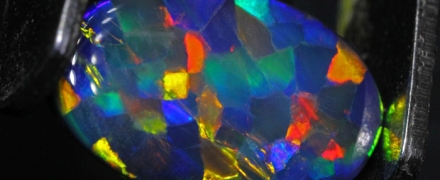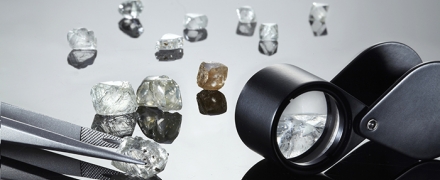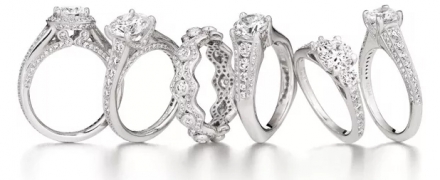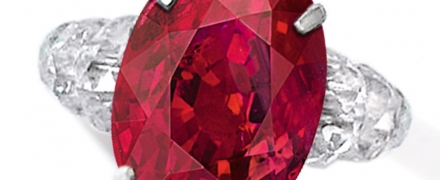open 10 am - 7 pm
laboratory is closed
On-site examination of a gemologist
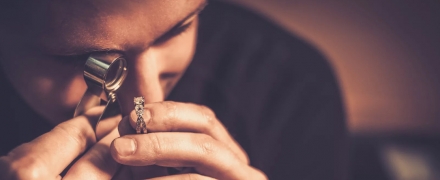
Why are we against it.
Everyone who ever bought or wanted to buy expensive jewelry with precious stones in the secondary market, faced with the need to check the stones in the product for authenticity and for compliance with the data stated by the seller. And here there are two possible verification options - take the product to the gemological center or conduct an on-site check, that is, carry out a so-called on-site examination.
When conducting an on-site examination, an expert gemologist, at the request of the buyer, must come to the place where the purchase and sale transaction is completed. But unfortunately, an expert can take with him only the most simple and oversized equipment, such as a gemological magnifier, a ruler, a pair of tweezers, a dichroscope, a polariscope and a refractometer and, if you're lucky, a mini microscope. These devices will allow the expert to determine a number of basic parameters of the object of examination - the mineral type of stone, the nature of the origin (not always), the estimated weight of the stone, color, purity and sometimes the presence of refinement. However, it should be borne in mind that the examination process in case of departure takes place in conditions far from the conditions of the laboratory, which entails certain errors and not always the objectivity of the examination. At a minimum, this applies to color definition. Since this requires certain lighting of the gemological lamp. The determination of purity is also possible only for sufficiently defective stones, viewing of which does not require studying the stone in a professional gemological microscope. The question of the nature of the origin of the stone and the definition of gentrification and, all the more, its type, in connection with the increase in the number of fakes and the improvement of their quality, often also require more in-depth research on high-precision equipment, which is possible only when conducting an examination in a gemological laboratory.
Therefore, when making an on-site examination, the buyer should be prepared for the fact that he will not receive a 100% guarantee that the stones are genuine, and even less will receive confirmation of the high characteristics of the color and purity of the stone.
In connection with all of the above, we always advise customers to bring a stone or product directly to the gemology laboratory, where you can comprehensively examine them, remove the maximum possible number of parameters and then make a confident conclusion about the authenticity of the stone, its characteristics and refinement at 100%.
Recently, it has become popular to check a stone or product by a buyer together with a seller in a laboratory, in which both parties can observe the examination process and be sure that there is no risk of stone replacement. Typically, the verification procedure does not take much time. After its completion, the buyer and seller disclose its result in the form of a gemological conclusion.


